ICE powers on: Toyota and Subaru debut new compact engines that will underpin next generation hybrids
Toyota and Subaru have released details of their state-of-the-art combustion engines that have been designed for their next-generation hybrid technology that will continue to bridge the gap between petrol and diesels and full EVs.
Developed as part of a joint venture that also includes Mazda, it’s thought all three car-makers will share components and tech to keep costs low but the new partnership does not limit engine configuration, with Toyota creating a new four-cylinder, Subaru a horizontally-opposed boxer and Mazda a rotary.
Created to be superior in every key way compared to the engines they replace, Toyota has developed just three new engines.
READ MORE: Toyota hybrid onslaught: RAV4, Corolla, Corolla Cross and Kluger to go hybrid only
READ MORE: Toyota bZ4X review: Behind the wheel of Toyota’s first EV
READ MORE: Electric Hilux incoming! New Toyota Hilux REVO heads for production
READ MORE: Toyota’s electric future just got sexier
The first is a pair of 1.5-litre four-cylinder petrols – one naturally-aspirated and one turbocharged – and the final engine is a 2.0-litre turbo.
Said to be more powerful and efficient compared to the predecessors, they key takeaway is the new 1.5-litre is 10 per cent smaller and lower.
The 1.5-litre turbo will replace the 2.5-litre engine that currently powers the RAV4, Camry and Kluger hybrids and is 20 per cent smaller and 15 per cent lower, while slashing emissions and boosting low-end torque.
The new 2.0-litre turbo, meanwhile, is said to be 10 per cent smaller compared to the 2.4-litre turbo petrol that powers the non-hybrid Kluger (an engine set to be discontinued as Toyota switches a bunch of models to hybrid only) and the new Prado 250-Series in the US (where it will wear LandCruiser badges).
No details of how Toyota has achieved its efficiency gains but it’s thought the new clean-burn engines manage without the expensive catalysts that would have been necessary to prolong the life of its current range.
Subaru says its new reinvented horizontally-opposed ‘boxer’ engine will play a very different role in the future as it switches to become a generator and drive unit in Honda e:HEV-style series-parallel hybrid powertrain.
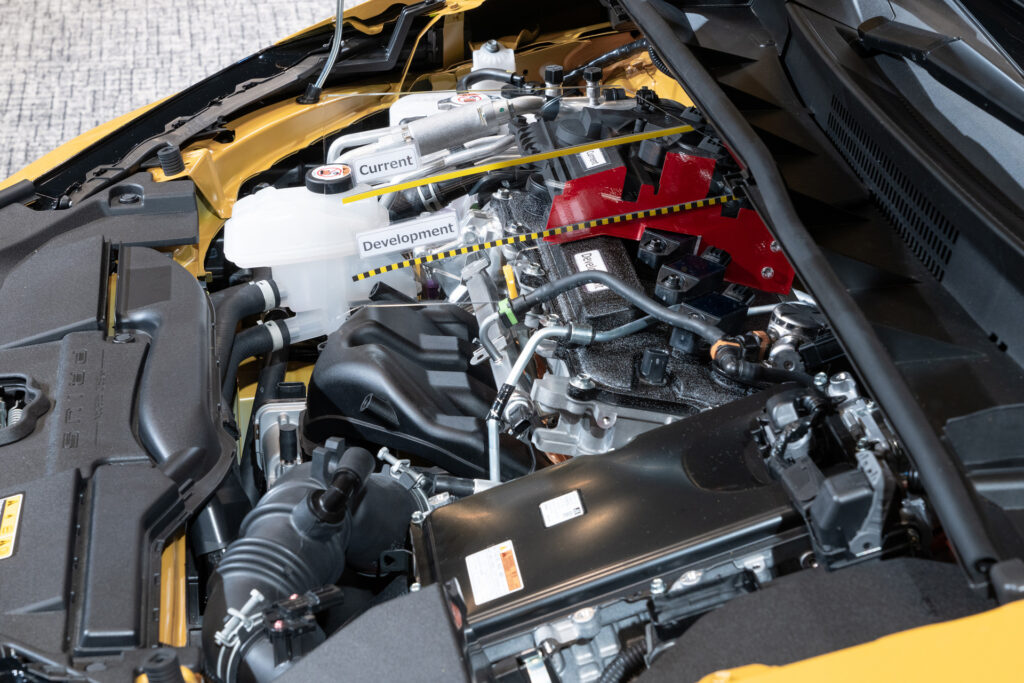
Designed to be packaged along with the electric motor, transfer case and transmission at the front of a vehicle, engineers have kept a drive shaft that stretches to the rear wheels, keeping its mechanical trademark all-wheel drive.
Specific details like the capacity, power outputs and efficiency have yet to be released but expect the powertrain to be between 10-20 per cent smaller in volume, compared to the current set-up.
And despite claims of significant improvements to efficiency they will still likely lose 60-odd-per-cent of the energy put into them as heat – a figure typical of internal combustion engines.
One big change is the firm’s traditional CVT has been parked for a new transaxle transmission.
It’s thought the new powertrain could be introduced as soon as next year under the bonnet of the facelifted 2025 Crosstrek,
All engines have been developed to run on petrol, synthetic fuel, biodiesel and hydrogen, the latter still a key focus for Toyota’s multi-pathway approach to reducing emissions.

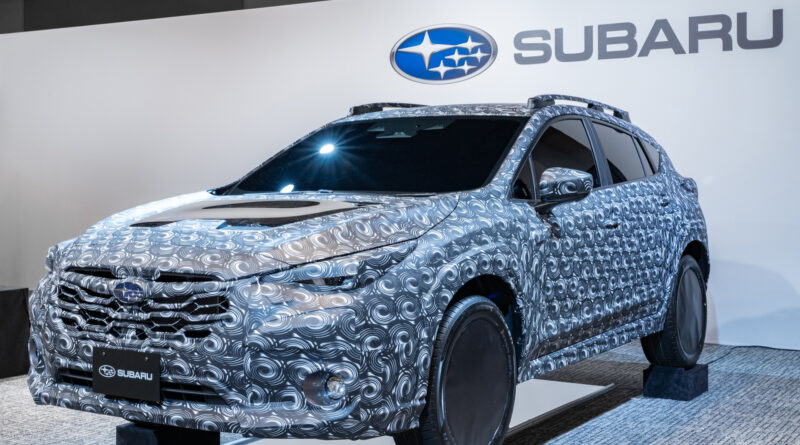
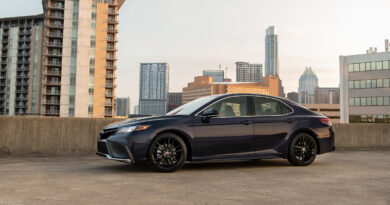
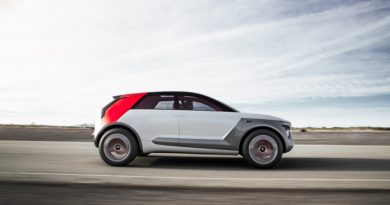
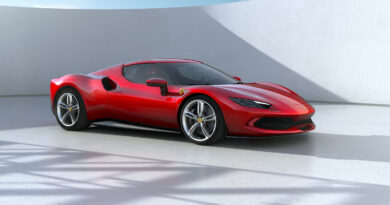
Makes sense to keep improving ICEs both for hybrid cars and non-hybrids – every litre of fuel saved is a benefit to the planet. However, it seems odd to me that three cylinder versions aren’t in scope, and also that the oil-thirsty boxer and high-wear/low-efficiency rotary are still on the table.